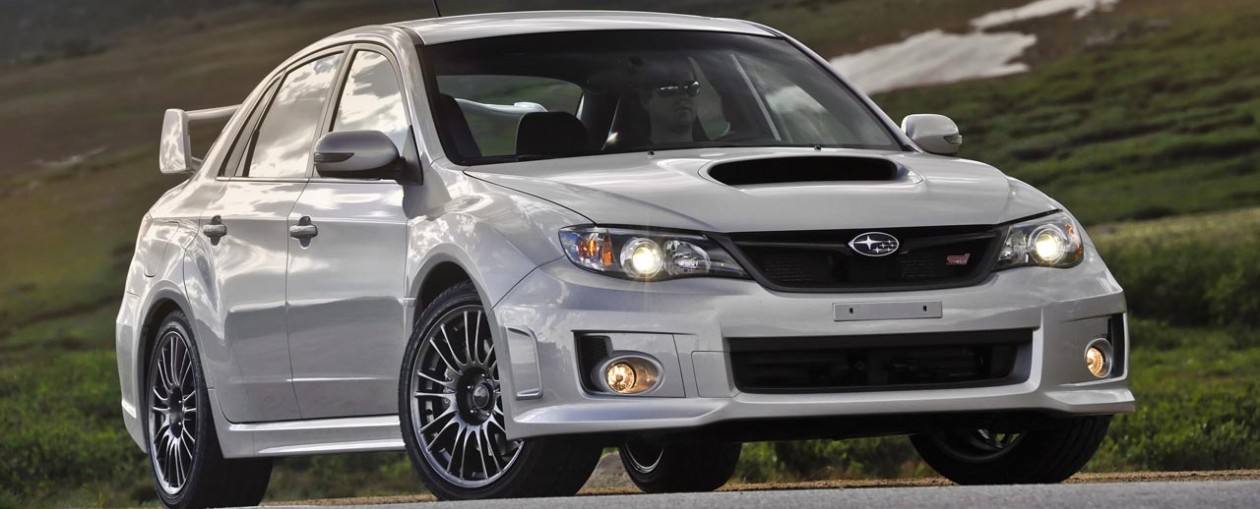Antilock Brake System for Early Subaru Part 3:
Pressure-Increase:
• Driver pressing pedal, pedal falling
• Zero current in solenoid valves
• Pump off
• Master cylinder pressure applied to right rear wheel circuit, raises pressure.
• Plunger piston begins to move right, opens pressure port. Master cylinder pressure drives plunger piston full right.
• Full master cylinder pressure applied to the left and right wheel cylinders.
Note: If necessary, the ECU cycles each brake circuit through the various ABS modes as required to control wheel lock-up.
ABS Self-Diagnostics:
The ABS-2E electronic control unit, or ECU, can store up to three trouble codes in its memory. It does this whenever it detects an out-of-range signal in any of its inputs. When a fault condition is active, the ECU goes into fail-safe mode and turns on the ABS warning lamp. The brake system then functions only in conventional mode. If the fault condition is caused by an intermittent problem, the ABS warning lamp may go off at the next ignition switch On-Off cycle, but the code will still be stored in the ECU’s memory.
Displaying Codes:
To display any stored codes, use the following procedure:
• Remove the small kick panel on the lower driver’s door A-pillar.
• Enter ABS system diagnostic mode by jumpering terminal L in the ABS check connector to body ground. Check the schematic in the service manual to identify terminal L.
Note: Some models have a grounding lead attached to the check connector.
• Turn the ignition switch to On.
• Observe the ABS warning lamp. It will begin to flash out one or more codes.
When you enter diagnostic mode, the ECU displays the newest code first, then the second code and then the oldest. Each code display cycle begins with the start code 11. After code 11, the ECU displays any stored trouble codes. When you see code 11 again, you know the ECU is repeating the cycle.
Interpreting Codes:
Each code is made up of long and short flashes, just like those used by the fuel system. Count each long flash as 10, each short flash as one. For example, if the lamp flashes one long and one short–that represents code 11. If it flashes two long and one short–that is code 21.
